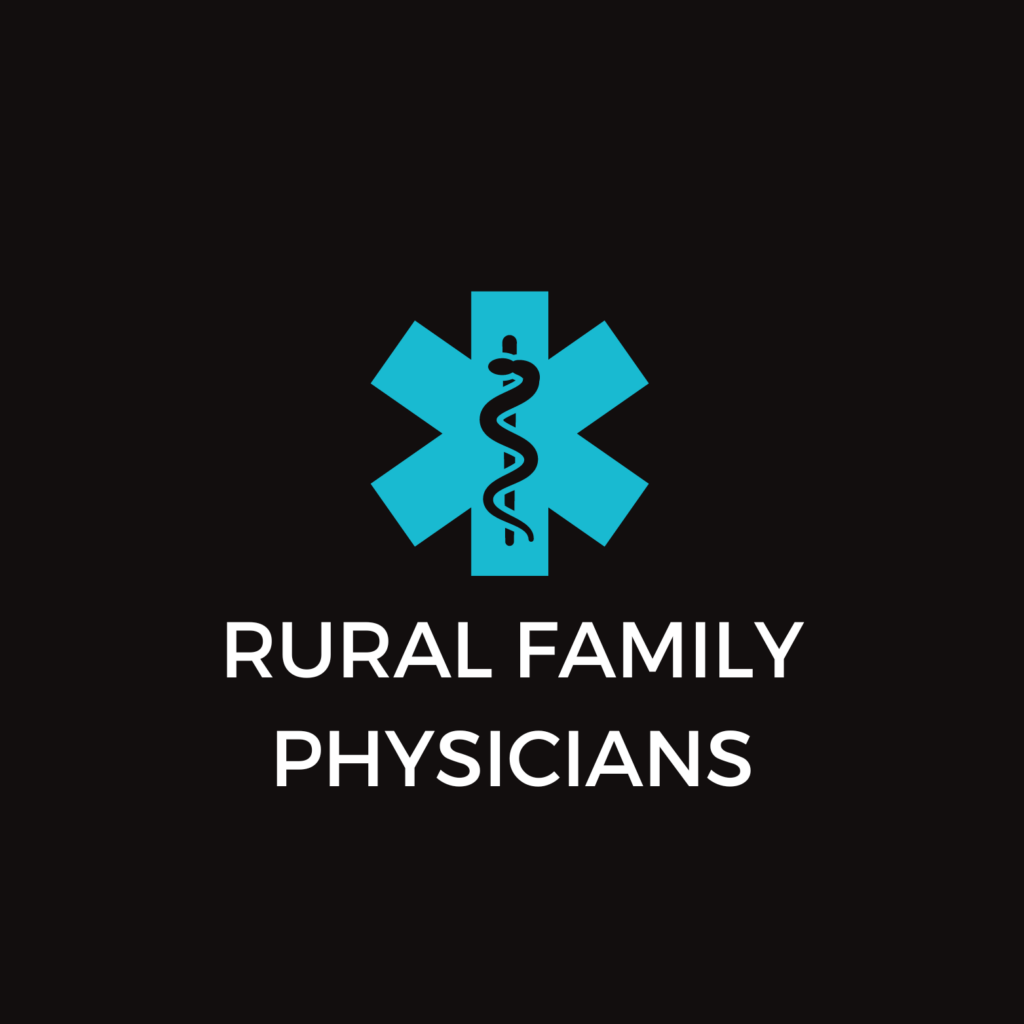On April 1, 2014, President Obama signed into law the Protecting Access to Medicare Act of 2014. This new law prevents a scheduled payment reduction for physicians and other practitioners who treat Medicare patients from taking effect on April 1, 2014. This new law maintains the 0.5 percent update for such services that applied from January 1, 2014 through March 31, 2014 for the period April 1, 2014 through December 31, 2014. It also provides a zero percent update to the 2015 Medicare Physician Fee Schedule (MPFS) through March 31, 2015.
The new law extends several expiring provisions of law. We have included Medicare billing and claims processing information associated with the new legislation. Please note that these provisions do not reflect all of the Medicare provisions in the new law, and more information about other provisions will be forthcoming.
Section 101 – Physician Payment Update – As indicated above, the new law provides for a 0.5 percent update for claims with dates of service on or after January 1, 2014, through December 31, 2014. It also provides a zero percent update to the 2015 Medicare Physician Fee Schedule (MPFS) through March 31, 2015. CMS is currently revising the 2014 MPFS to reflect the new law’s requirements as well as technical corrections identified since publication of the final rule in November. For your information, the 2014 conversion factor is $35.8228.
Section 102 – Extension of Work GPCI Floor – The existing 1.0 floor on the physician work geographic practice cost index is extended through March 31, 2015. As with the physician payment update, this extension will be reflected in the revised 2014 MPFS.
Section 103 – Extension of Therapy Cap Exceptions Process – The new law extends the exceptions process for outpatient therapy caps through March 31, 2015. Providers of outpatient therapy services are required to submit the KX modifier on their therapy claims, when an exception to the cap is requested for medically necessary services furnished through March 31, 2015. In addition, the new law extends the application of the caps, exceptions process, and threshold to therapy services furnished in a hospital outpatient department (OPD). Additional information about the exception process for therapy services may be found in the Medicare Claims Processing Manual, Pub.100-04, Chapter 5, Section 10.3.
The therapy caps are determined for a beneficiary on a calendar year basis, so all beneficiaries began a new cap for outpatient therapy services received beginning on January 1, 2014. For physical therapy and speech language pathology services combined, the 2014 limit on incurred expenses for a beneficiary is $1,920. There is a separate cap for occupational therapy services which is $1,920 for 2014. Deductible and coinsurance amounts applied to therapy services count toward the amount accrued before a cap is reached, and also apply for services above the cap where the KX modifier is used.
The new law also extends the mandate that Medicare perform manual medical review of therapy services furnished January 1, 2014 through March 31, 2015, for which an exception was requested when the beneficiary has reached a dollar aggregate threshold amount of $3,700 for therapy services, including OPD therapy services, for a year. There are two separate $3,700 aggregate annual thresholds: (1) physical therapy and speech-language pathology services combined, and (2) occupational therapy services.
Section 104 – Extension of Ambulance Add-On Payments – The new law extends the following two expiring ambulance payment provisions: (1) the 3 percent increase in the ambulance fee schedule amounts for covered ground ambulance transports that originate in rural areas and the 2 percent increase for covered ground ambulance transports that originate in urban areas is extended through March 31, 2015 and (2) the provision relating to payment for ground ambulance services that increases the base rate for transports originating in an area that is within the lowest 25th percentile of all rural areas arrayed by population density (known as the “super rural” bonus) is extended through March 31, 2015. The provision relating to air ambulance services that continued to treat as rural any area that was designated as rural on December 31, 2006, for purposes of payment under the ambulance fee schedule, expired on June 30, 2013.
Section 105 – Extension of Increased Inpatient Hospital Payment Adjustment for Certain Low-Volume Hospitals – The new law extends, through March 31, 2015, a provision that allowed qualifying low-volume hospitals to receive add-on payments based on the number of Medicare discharges from the hospital. To qualify, the hospital must have less than 1,600 Medicare discharges and be 15 miles or greater from the nearest like hospital.
Section 106 – Extension of the Medicare-Dependent Hospital (MDH) Program – The MDH program provides enhanced payment to support small rural hospitals for which Medicare patients make up a significant percentage of inpatient days or discharges. This provision extends the MDH program through March 31, 2015.



